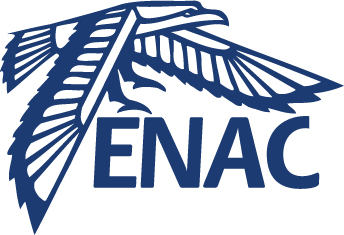Using the 3-D Vector Antenna as the Short-Range Direction-Finding Sensor: Primary Theory and Experimental Proof
Résumé
This letter showcases the design, implementation, and verification of a vector antenna (VA) capable of direction finding. By adopting the tapered slot (also known as Vivaldi) element as the constitutive VA element and a four-season layout, the VA in this work can identify the radio source in a wide spectrum range in the 3-D space. Practical issues, such as steering vector calibration, exploitation of polarization, and angle estimation with partial electromagnetic measurements, are addressed to ensure the functionality of the proposed VA in practice. A four-channel phase-locked software-defined radio platform and quasi-real-time angle estimation algorithms are designed and implemented to verify the direction-finding (DF) capability of the VA for directly propagated, reflected, and diffracted radio signals. The results of the experiment prove the effectiveness of the theory and our practical VA measures for 3-D direction finding under various conditions and potentially inspire localization, mapping, and navigation in short-range scenarios.
